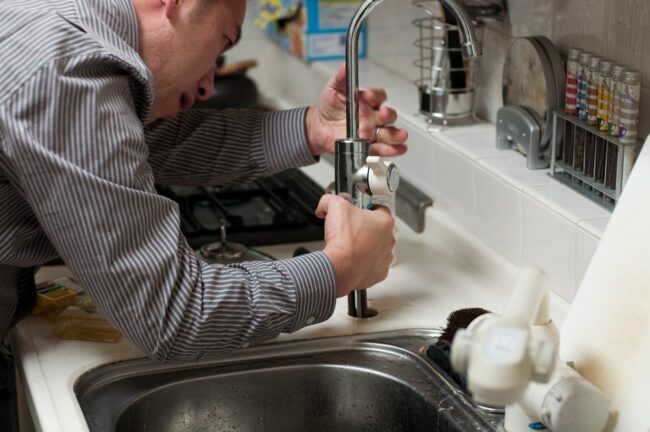
Water usage habits often reflect regional needs, and conservation is a growing concern in San Antonio. With rising demand and fluctuating rainfall, managing household water use has become part of everyday planning. Many homeowners are looking closer at how their plumbing systems impact consumption. This article focuses on practical ways to align plumbing use with local needs without making assumptions or guarantees.
San Antonio’s Water Conditions and Planning Goals
Plumbing in San Antonio is shaped by the region’s ongoing efforts to manage water use, especially during dry periods. Shifts in rainfall and extended warm seasons often influence how households approach efficiency. Many older homes still operate with installed systems before water-saving practices became common. In response, local utility groups offer resources to help residents explore gradual updates suited to their property’s needs.
Fixture Improvements for Daily Use
Across San Antonio neighborhoods, many residents have replaced standard fixtures with models that help manage water flow more efficiently. Items like faucet aerators, low-flow toilets, and pressure-adjusting showerheads are now common and easily found in local stores. Some newer fixtures include sensors or auto-shutoff functions, offering added control in households with children or frequent guests. These updates can be made gradually, allowing adjustments based on comfort while supporting more mindful water use.
Outdoor Use and Seasonal Adjustments
Outdoor irrigation often makes up a large portion of household water use during San Antonio’s warmer months. City guidelines, shaped by climate patterns, may include watering limits or designated days to help manage demand. Homeowners with automatic sprinklers can adjust settings to reflect weather shifts rather than relying on fixed schedules. Many properties also use landscaping approaches that require less water, such as native plants, mulch, and strategic shade placement. On sloped lots or areas with drainage concerns, simple grading adjustments can help manage runoff. These outdoor choices may reduce the need for frequent irrigation over time.
Tips That Help Reduce Everyday Waste
Even with efficient fixtures, unnoticed leaks or inconsistent flow can contribute to higher-than-expected usage. Many small plumbing issues begin with loose fittings or aging components that can be addressed without major repairs. Local professionals of San Antonio often suggest seasonal checks, especially before summer and winter, to ensure systems remain in working order. Examining fittings and visible lines may highlight areas worth adjusting.
Here are a few everyday steps that support long-term plumbing efficiency:
- Check faucets and showerheads for slow drips
- Listen for running toilets after use.
- Watch for damp spots under sinks or around outdoor spigots.
- Flush sediment from water heaters once or twice per year
- Review monthly water usage for unexpected increases.
These actions are often part of the region’s annual home maintenance schedules. They serve as simple ways to stay ahead of potential issues without needing advanced tools or expertise. Keeping up with them may also help reduce unexpected repairs over time.
Local Support and Access to Resources
In San Antonio, local programs sometimes provide resources for residents exploring water-saving plumbing updates. Depending on the year, these may include rebates, educational materials, or scheduled collection events for outdated equipment. The goal is to support gradual changes while keeping the public informed. Getting started often involves checking city websites or local centers for current offerings. With shifts in technology and long-term planning, these efforts stay adaptable and community-focused, helping households make choices that reflect changing needs without major lifestyle shifts.
Many households in the area continue to consider water-conscious approaches to plumbing in San Antonio. Small decisions can still carry long-term value as conditions change and resources shift. Plumbers familiar with local conditions may offer insights on materials and installation methods suited to nearby neighborhoods. Each improvement made with awareness of local needs helps shape a more sustainable future for the region.
